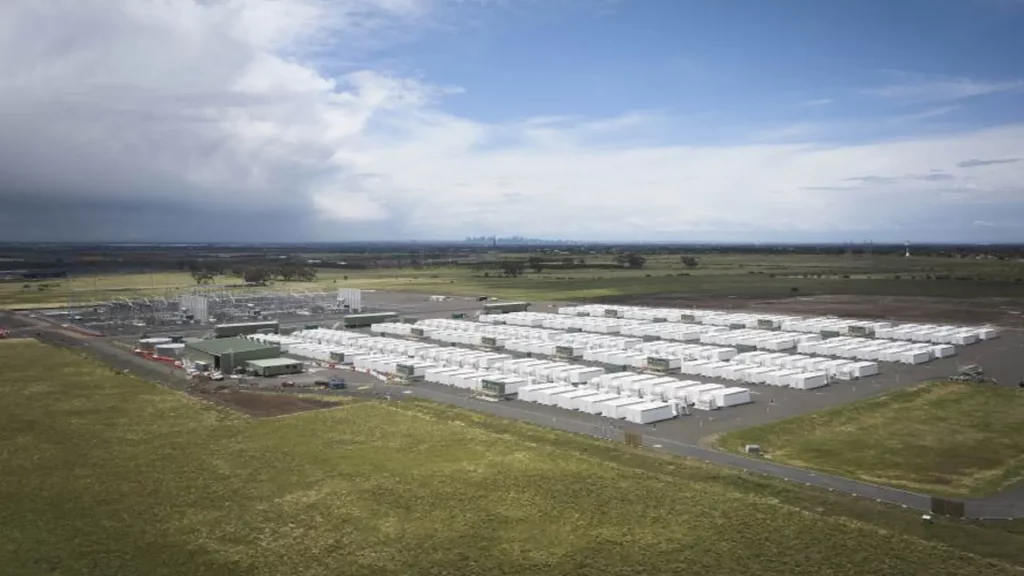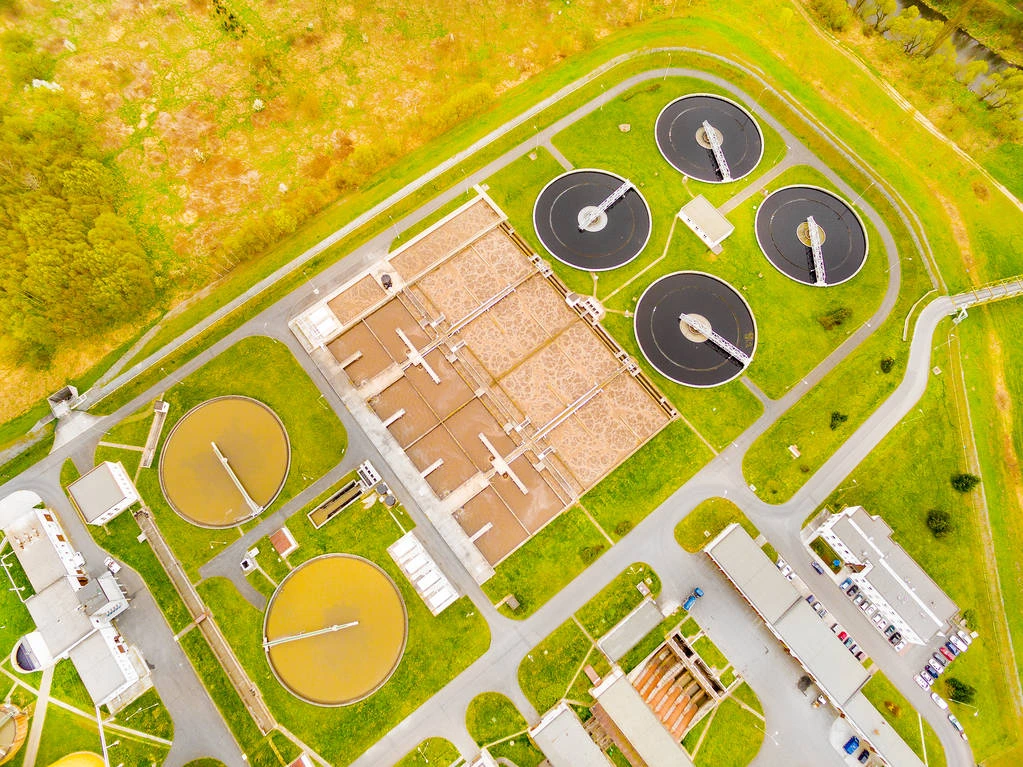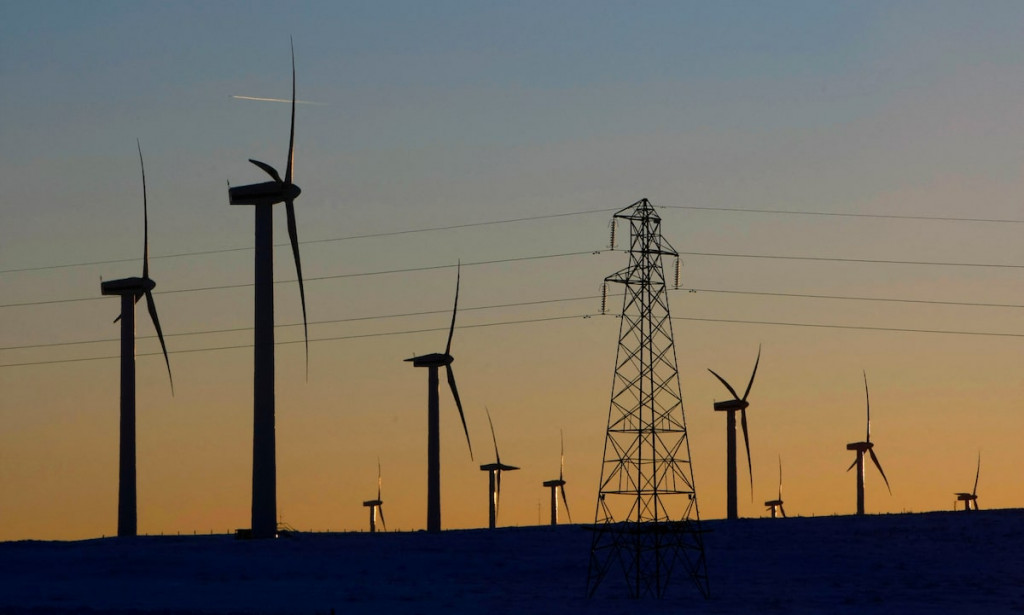A New Partnership Between Energy and Agriculture
In the United States, a new form of collaboration between the agricultural and energy sectors is emerging — solar grazing, or the shared use of land under solar panels for livestock grazing. The Kentucky-based company Silicon Ranch, known for its agrivoltaic projects, has launched CattleTracker — the first large-scale program combining industrial solar power plants with cattle grazing.
This marks a new stage in the evolution of agrivoltaics. While sheep have traditionally been used for grazing beneath solar panels, the company is now testing a model with cows. The approach allows for more efficient land use, increases the economic return of solar farms, and supports local farming communities at the same time.
Dual Benefits from Shared Land
The advantages of this approach are clear. First, farmers retain access to their land, which otherwise might have been allocated solely for energy projects, and gain an additional income stream. Second, livestock naturally control vegetation growth, reducing maintenance costs and the risk of fire. Third, this synergy creates sustainable business models where energy and food are produced on the same land — not in competition, but in cooperation.
Silicon Ranch is already testing technical solutions that allow cattle to move safely among the solar arrays. Panels are installed at a higher elevation, their supports are reinforced, and fencing systems are adapted to withstand the weight and behavior of large animals.
Challenges and Opportunities for Growth
The main challenge lies in adapting solar farm designs to the behavior of cattle while maintaining safety and operational reliability. In parallel, new land-use standards are being developed to balance the interests of energy producers and agricultural users.
However, early experiments show that the “agro-solar” model could become the foundation of a new agro-energy ecosystem. Its benefits include preserving soil fertility, reducing carbon footprints, and increasing the social and economic value of renewable energy.
For Global 100 RE Ukraine, the Silicon Ranch experience is an inspiring example of how renewable energy can integrate with traditional economic sectors. In Ukraine — where agriculture plays a central role — the potential for developing agrivoltaics is substantial, particularly in communities striving for energy independence.
Such approaches embody a new philosophy of the energy transition: where electricity, land, and food production coexist in harmony. It is a model in which energy does not take resources away but creates added value for both people and nature.
This sends a clear message: the green energy of the future is about collaboration, not competition.
Become a member of 100 RE UA
Switching to 100% renewable energy in Ukraine is possible!




